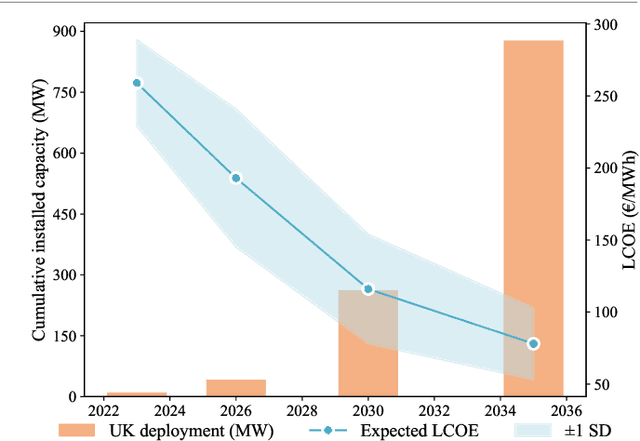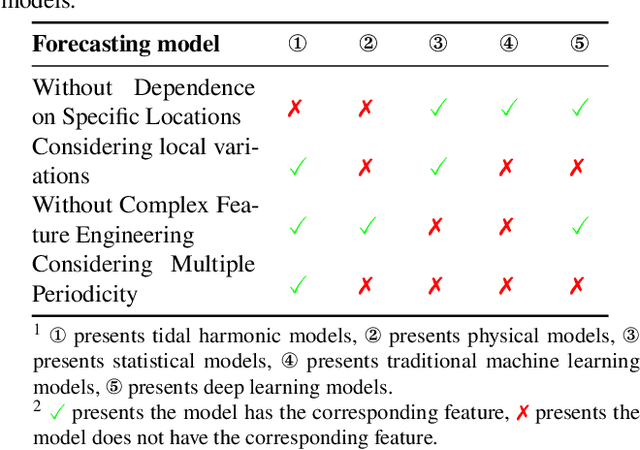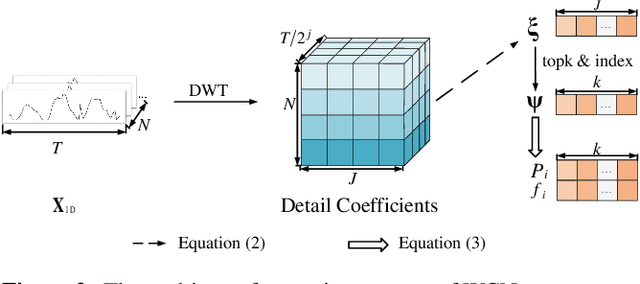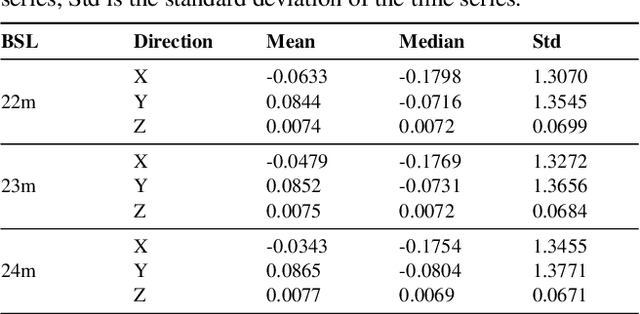Yunxuan Dong
A novel forecasting framework combining virtual samples and enhanced Transformer models for tourism demand forecasting
Mar 25, 2025Abstract:Accurate tourism demand forecasting is hindered by limited historical data and complex spatiotemporal dependencies among tourist origins. A novel forecasting framework integrating virtual sample generation and a novel Transformer predictor addresses constraints arising from restricted data availability. A spatiotemporal GAN produces realistic virtual samples by dynamically modeling spatial correlations through a graph convolutional network, and an enhanced Transformer captures local patterns with causal convolutions and long-term dependencies with self-attention,eliminating autoregressive decoding. A joint training strategy refines virtual sample generation based on predictor feedback to maintain robust performance under data-scarce conditions. Experimental evaluations on real-world daily and monthly tourism demand datasets indicate a reduction in average MASE by 18.37% compared to conventional Transformer-based models, demonstrating improved forecasting accuracy. The integration of adaptive spatiotemporal sample augmentation with a specialized Transformer can effectively address limited-data forecasting scenarios in tourism management.
A Tidal Current Speed Forecasting Model based on Multiple Periodicity Learning
Oct 13, 2024



Abstract:Tidal energy is one of the key components in increasing the penetration rate of renewable energy. The penetration of tidal energy in the electrical grid depends on the accuracy of tidal current speed forecasting. Modeling inaccuracies hinder forecast accuracy. Previous research has primarily used physical models to forecast tidal current speed. However, tidal current variations influenced by the orbital periods of celestial bodies make accurate physical modeling challenging. Researching the multiple periodicity of tides is crucial for accurately forecasting tidal current speed. In this article, we propose the Wavelet-Enhanced Convolutional Network (WCN) to learn multiple periodicity. The framework embeds intra-period and inter-period variations of one-dimensional tidal current data into the rows and columns of a two-dimensional tensor. Then, the two-dimensional variations of the sequence can be processed by convolutional kernels. We integrate a time-frequency analysis method into the framework to further address local periodic features. Additionally, to enhance the framework's stability, we optimize the framework's hyperparameters with the Tree-structured Parzen Estimator algorithm. The proposed framework avoids the lack of learning multiple periodicity. Compared with benchmarks, the proposed framework reduces the mean absolute error and mean square error in 10-step forecasting by, at most, 90.36% and 97.56%, respectively.
Short-Term Forecasting of Photovoltaic Power Generation Based on Entropy during the Foggy Winter
Jul 29, 2024Abstract:Solar energy is one of the most promising renewable energy resources. Forecasting photovoltaic power generation is an important way to increase photovoltaic penetration. However, the task of photovoltaic forecasting is complicated due to its property of uncertainty, especially in specific regions during the foggy winter. This paper proposes a novel model to accomplish the problem. A developed entropy is created to qualify the uncertainty during the foggy winter. The clustering method and modified retention network are applied to reduce complexity and forecast, respectively. We adopt an optimization to optimize the hyperparameters. Results are validated from the multivariate forecasting model using the dataset from a photovoltaic power station in Jiangsu Province, China. Experiments show that the proposed model improves the forecasting accuracy compared to various models during the foggy winter.
 Add to Chrome
Add to Chrome Add to Firefox
Add to Firefox Add to Edge
Add to Edge